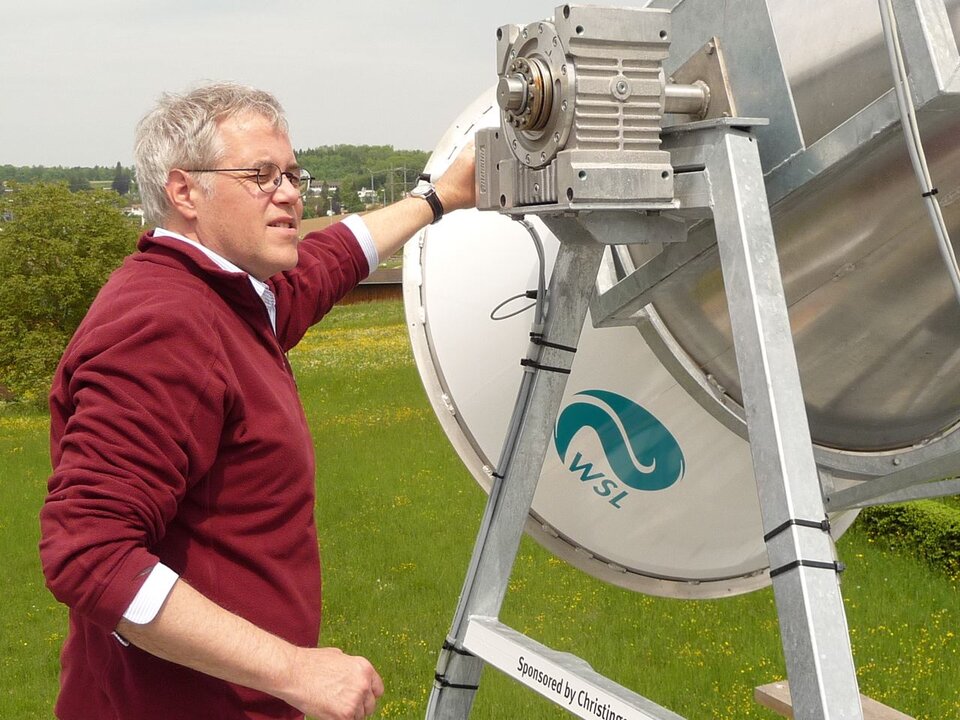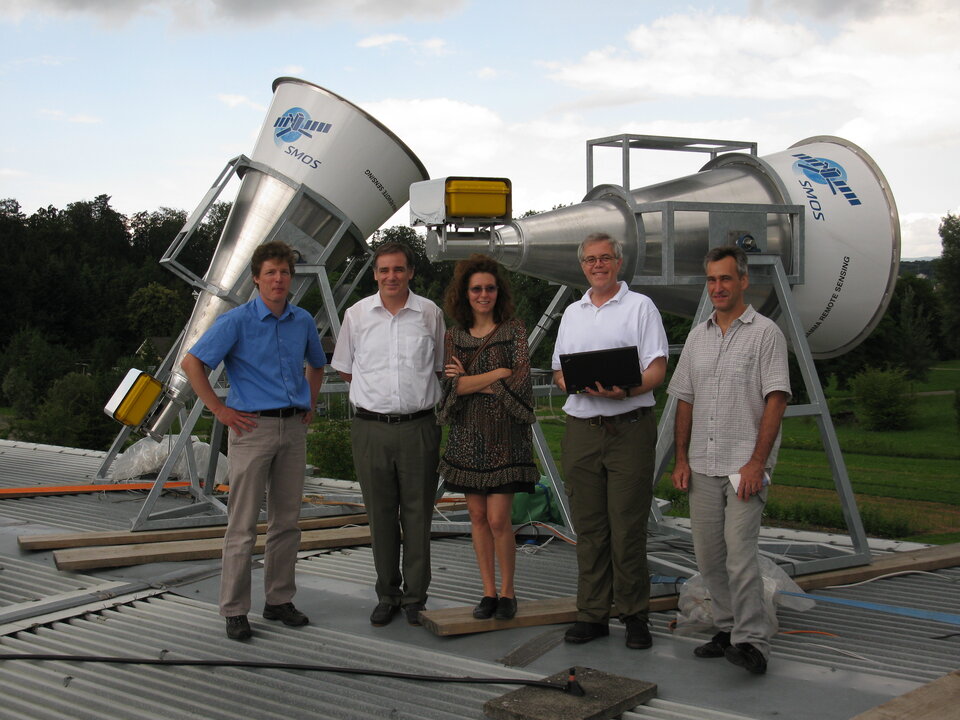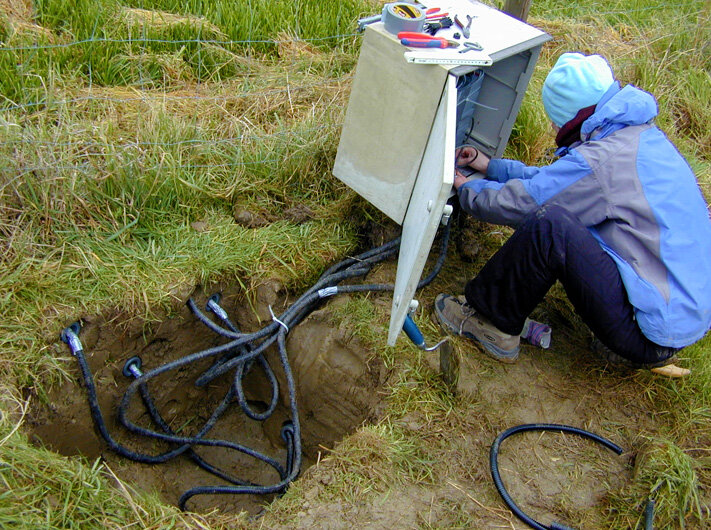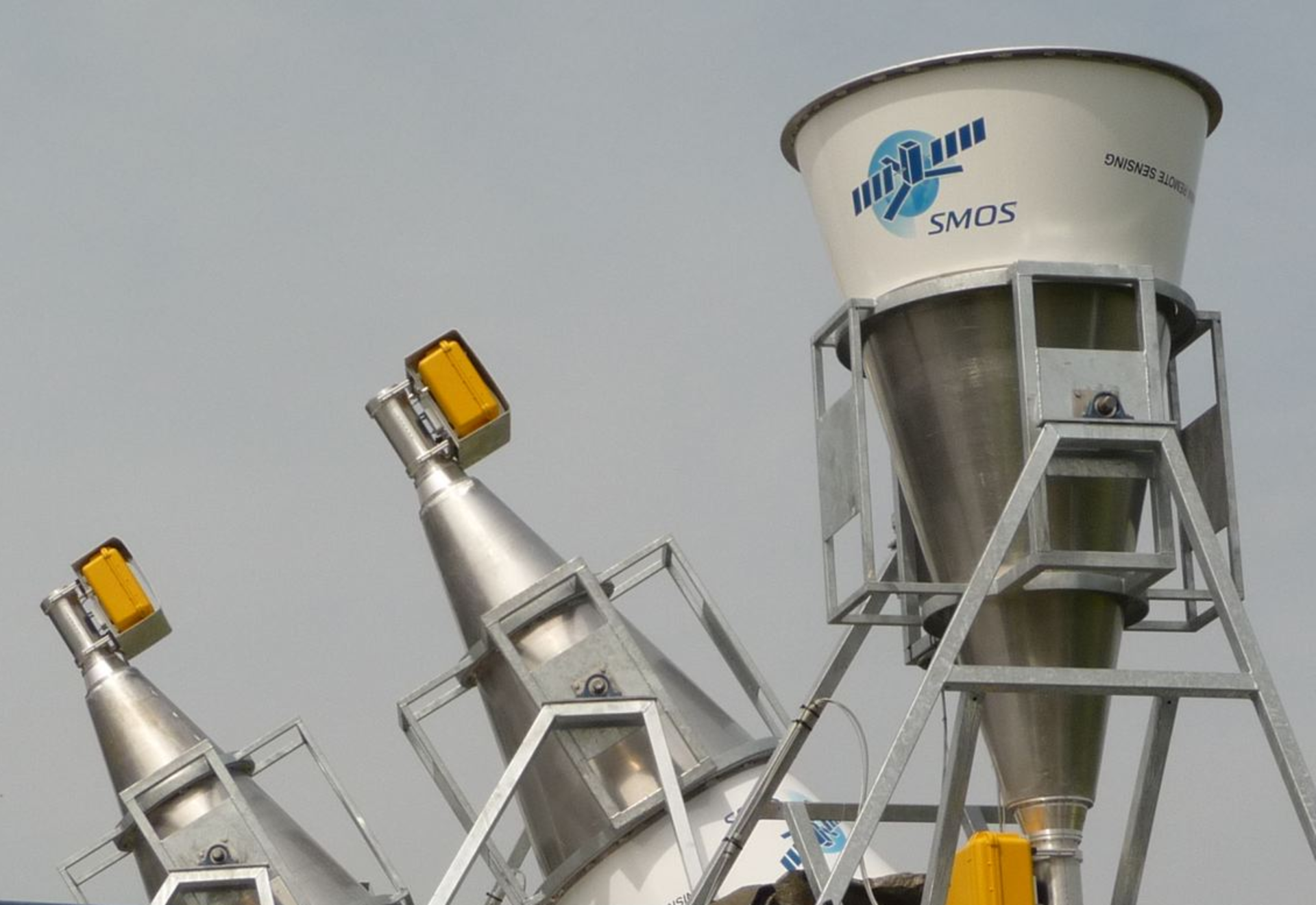New SMOS validation instruments ready for action
With SMOS set to launch in November, preparations for the long-term monitoring and validation of the mission's data are moving ahead as three new purpose-built instruments are now ready to ship to key European validation sites.
ESA's Earth Explorer Soil Moisture and Ocean Salinity (SMOS) mission will make observations of soil moisture over Earth's landmasses and salinity over the oceans. Data from the mission will result in global soil moisture maps at least every three days and maps of ocean salinity every thirty days. This will contribute to a better understanding of Earth's water cycle, help improve weather and climate models and also have practical uses in areas such as agriculture and water resource management.

To ensure that SMOS is delivering accurate and reliable data, in situ measurements will be taken in the field and then compared with data from the satellite. This type of validation forms an important component of the mission.
As part of the long-term validation programme three radiometers, called Elbara (L-band radiometer) and built by Gamma Remote Sensing in Switzerland, are about to be shipped to three separate validation sites.
Like the innovative SMOS Microwave Imaging Radiometer using Aperture Synthesis (MIRAS), the validation radiometers operate at
L-band (1.4 GHz/21 cm wavelength) and measure in two polarisations.
These radiometers will be key in validating soil moisture data. The sites they are being shipped to typically display different types of soil and vegetation cover. The instruments will start taking soil moisture measurements this summer.

One of the instruments will go to a validation site that belongs to the University of Munich in the Upper Danube catchment, close to Lake Ammersee in Germany. The site is used by a number of research institutes for a variety of experiments. The University of Munich maintains a micrometeorological station at the site and has been collecting soil moisture measurements since 2003. In addition, the Bavarian Environmental Agency also maintains a micrometeorological station as well as a lysimeter, which is used to measure evapotranspiration from the soil and vegetation system. Although the dominant vegetation is grass, which is cultivated on a regular basis, it is possible to have the site cultivated according to the requirements of the experiments.

The second instrument will go to the University of Valencia's validation site called the Valencia Anchor Site in Spain. Here the radiometer will continuously monitor vineyards and bare soil in continuation of similar previous campaigns. Vineyards and bare soil account for about 75% of this region in the Utiel-Requena plateau.
The third Elbara radiometer will go to a site in Sodankylä in Finland. The site is home to a number of weather, hydrological and environmental monitoring networks and specialised research stations. The area is located in northern Finland, north of the Arctic Circle and it is a good representation of boreal forest and the sub-Arctic environment. This validation site is owned by the Finnish Meteorological Institute's Arctic Research Centre.
The Elbara instruments will be mounted on towers at a height of about 10 m. The instruments include an automated elevation scan system that allows for scene observations under different incidence angles, as well as sky measurements – crucial for the instrument calibration.
Careful consideration was taken in selecting these validation sites with the help of the SMOS Science Advisory Group. The three sites each represent a different but common type of vegetation cover to maximise the efficiency of the validation programme.





